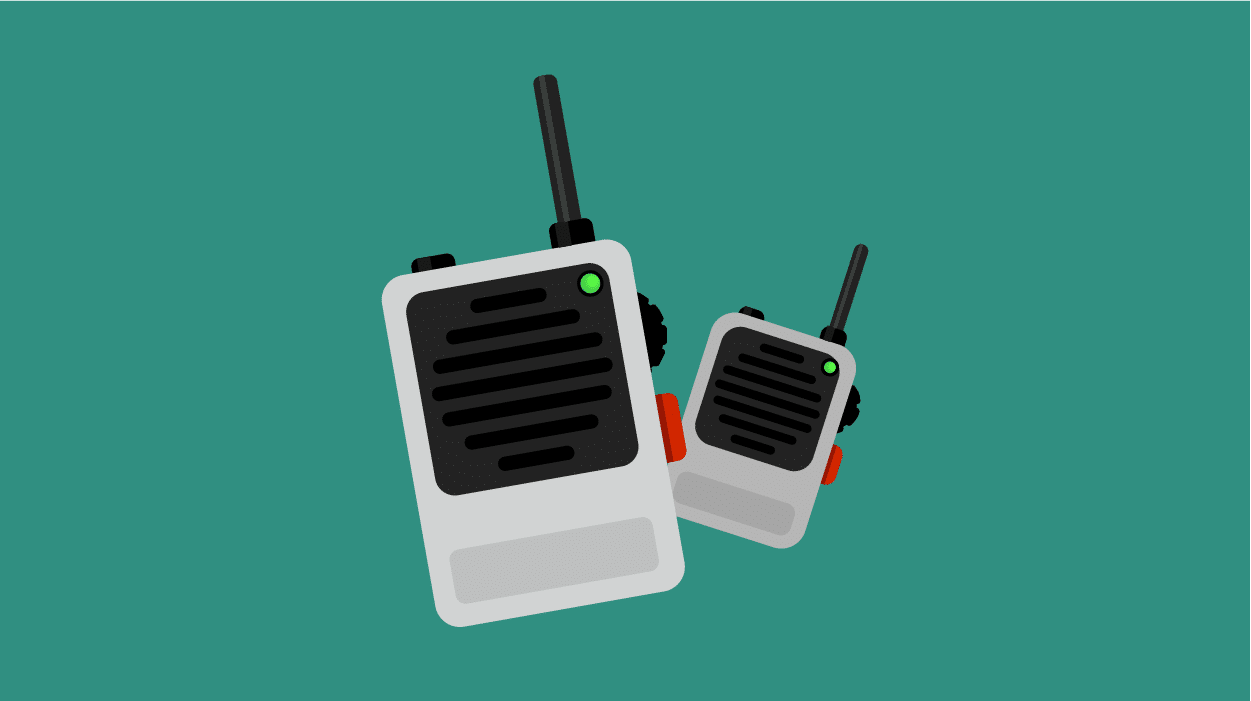Cash flow management is one of the most crucial elements of a successful business.
Many people mistake cash flow for profit.
They are two separate concepts but closely related — cash flow management deeply impacts a company’s profitability. Cash flow refers to the difference between the money coming into your business and the money going out.
Cash flow consists of three things:
- Accounts Receivable
- Accounts Payable
- Shortfalls
If you’ve been less than diligent about monitoring your business’s cash flow, these 11 tips can help you stay on top of it:
1. Monitor your cash flow regularly
It is crucial to keep track of your expenses and monitor your cash flow regularly. Be diligent about checking in often and as needed, whether weekly, monthly, or quarterly.
Keep a detailed schedule of upcoming accounts payable readily available so that you know exactly how much cash output your business regularly does.
This will enable you to spot any errors or problems early on and correct them before they become a bigger issue.
Online accounting tools make it easy to monitor your accounts and generate reports.
This is also helpful for auditing purposes – should your company get audited, you’ll already have all the necessary information.
2. Cut costs where possible
Focus on your recurring expenses and look for ways to cut costs and increase your cash flow.
- Can you cut back on utilities, rent, or payroll?
- Are you spending money on subscriptions or services you’re not using or insurance coverage you no longer need?
- Can you renegotiate the terms of outstanding loans or leases?
Determine what you need and don’t need, and cut out whatever no longer serves your business.
3. Get a line of credit before you need one
A business line of credit is a good way to protect your business against cash flow problems. You may get a line of credit for a percentage of your accounts receivable or inventory if you use them as collateral.
Look for cards with rewards, such as points you can use toward travel or business purchases.
In addition to providing a cushion for lean times, business credit cards also categorize your purchases, so it’s easier to track expenses.
Follow these five steps to get a line of credit:
- Figure Out How Much Money You Need: Think about how much your business might need to cover its expenses or have as a safety net. It’s okay to request more than what you think you’ll use, but make sure you can pay back what you spend. Remember, you only pay interest on the money you use.
- Check If You Qualify: Make sure you fit the bill before applying. Lenders look at three main things: your credit score (higher is better, but some lenders are okay with lower scores), how much money your business makes (requirements vary by lender), and how long you’ve been in business (the longer, the better).
- Shop Around for Lenders: Look at different places to get a line of credit. This includes banks, credit unions, and online lenders. Banks and credit unions usually prefer businesses with a good credit score and a solid track record, while online lenders might be more flexible but could charge higher interest rates.
- Gather Your Documents: You’ll need to collect some paperwork before you apply. This usually includes tax returns, business licenses, financial statements, and a business plan. Having these documents ready can make the application process smoother.
- Apply: Depending on the lender, you can apply online or in person. The application will ask for basic information about you and your business. After you apply, it might take a few minutes to a few days to hear back. If approved, you’ll sign an agreement and then have access to the funds.
4. Rent equipment instead of buying it
By leasing business equipment like cars and computers instead of buying, you get access to the latest features and avoid tying up cash — but you still get to expense the lease costs on your business taxes.
While this may not make sense for everyone’s business, consider the benefits this could provide your business based on your needs.
5. Stay on top of invoicing
Don’t wait to send invoices — send them as soon as the work is completed or products are delivered. Find the specific person, job title, and address to send your invoices so they don’t get lost.
Design your invoices so they’re straightforward to read, highlighting key areas like due date, the amount due, where to send payment and payment methods.
Even on the road, try a free instant invoice creator like Square, Zoho, or QuickBooks.
Here are more billing tools you can use.
6. Try using mobile payment solutions
Ensure you’re making it as easy for your customers to pay you as possible.
If you sell products or provide services at customers’ homes or offices, get paid on the spot with mobile apps that use a smartphone or tablet to accept payment by credit and debit card.
Check out mobile payment apps like Stripe or Square.
7. Speed up payments by offering incentives
Consider offering your customers incentives for early payments. But remember to do the math beforehand to ensure the tradeoff is worth the loss.
There are several ways to create early payment incentives and gain greater control over your receivables:
- Offer discounts for early/quicker payments.
- Limit the number of customers eligible for a credit.
- Maintain a strict schedule for contacting customers about payments due.
- Consider requiring deposits on some services to ensure cash input.
8. Ask for deposits or partial payments on large orders or long-term contracts
For example, a website developer might charge a 5% deposit upfront before beginning work on the project, then charge half the remaining amount when work begins and the full balance upon completion.
Charging this way ensures the company generates enough cash to finance the materials and pay the workers.
9. Set a goal and stick to it
As mentioned above, cash flow is not equal to profits.
However, effective cash flow management steers your business towards increased profits, which is the goal of any successful company.
Understanding what it takes for your business to be profitable is critical. Try projecting a time in the future when you will be turning a profit.
It provides a goal and a vision as you move forward, creating a target that will sharpen the aim of your cash flow management activities.
10. Keep cash in reserve
It’s important to keep cash in reserve to handle emergencies or to cover gaps in your cash flow schedule.
Remember that a line of credit cannot be counted as a cash reserve on your balance sheet, but it can be utilized similarly.
11. Consider getting some help
Managing cash flow is important for any busy business owner.
Working with a trusted partner to keep track of and improve your cash flow could work out better financially for your business and give you more time to focus on other important tasks.
Hiring a collection agency to collect on unpaid accounts is one of the best ways to increase cash flow and reduce company debt.
And since collection agencies specialize in credit management, they can provide valuable advice and support.
Letting a collection agency manage debt will allow a struggling company’s employees to focus on core business activities instead of trying to manage debt collection efforts.
Other Helpful Stuff:
- The Entrepreneur’s Cheatsheet for Funding a New Business
- Five Outside-of-the-Box Ways to Get Investors for Your Startup
- Ten Tips for Financing Your Startup on a Shoestring Budget
Editor’s Note: This article is part of the startup tools blog series Run Your Business brought to you by the marketing team at Unitel, the virtual phone system priced and designed for startups and small business owners.





